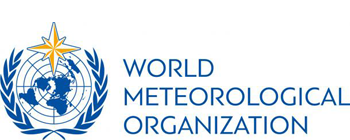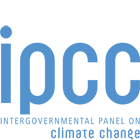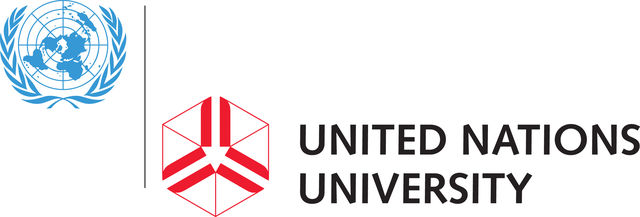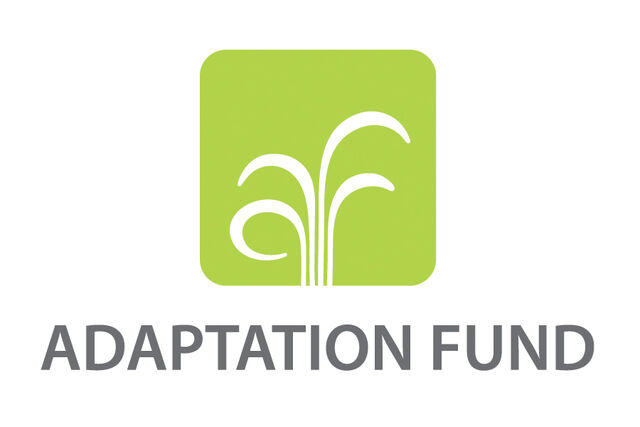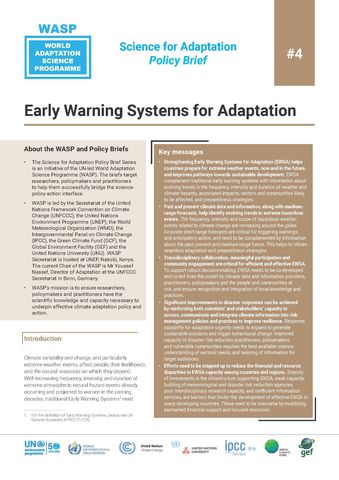This WASP brief looks at early warning systems for adaptation. The Science for Adaptation Policy Brief Series targets researchers, policymakers, and practitioners to help them bridge the science-policy-action interface.
Key messages
- Strengthening Early Warning Systems for Adaptation (EWSA) helps countries prepare for extreme weather events, now and in the future, and improves pathways towards sustainable development. EWSA complements traditional early warning systems with information about evolving trends in the frequency, intensity, and duration of weather and climate hazards, associated impacts, sectors and communities likely to be affected, and preparedness strategies. Strengthening Early Warning Systems for Adaptation (EWSA) helps countries prepare for extreme weather events, now and in the future, and improves pathways towards sustainable development. EWSA complements traditional early warning systems with information about evolving trends in the frequency, intensity, and duration of weather and climate hazards, associated impacts, sectors and communities likely to be affected, and preparedness strategies.
- Past and present climate data and information, along with medium-range forecasts, help identify evolving trends in extreme hazardous events. The frequency, intensity, and scope of hazardous weather events related to climate change are increasing around the globe. Accurate short-range forecasts are critical for triggering warnings and anticipatory action and need to be complemented by information about the past, present, and medium-range future. This helps to inform seamless adaptation and preparedness strategies.
- Transdisciplinary collaboration, meaningful participation, and community engagement are critical for efficient and effective EWSA. To support robust decision-making, EWSA needs to be co-developed and co-led from the outset by climate data and information providers, practitioners, policymakers, and the people and communities at risk, and ensure recognition and integration of local knowledge and practices.
- Significant improvements to disaster responses can be achieved by reinforcing both scientists’ and stakeholders’ capacity to access, communicate and integrate climate information into risk management policies and practices to improve resilience. Response capability for adaptation urgently needs to expand to generate sustainable solutions and trigger behavioral change. Improved capacity of disaster risk reduction practitioners, policymakers, and vulnerable communities requires the best available science; understanding of sectoral needs; and tailoring of information for target audiences.
- Efforts need to be stepped up to reduce the financial and resource disparities in EWSA capacity among countries and regions. Scarcity of investments in the infrastructure supporting EWSA, weak capacity-building of meteorological and disaster risk reduction agencies, poor interdisciplinary research capacity, and inefficient information services, are barriers that hinder the development of effective EWSA in many developing countries. These need to be overcome by mobilizing earmarked financial support and focused resources.


